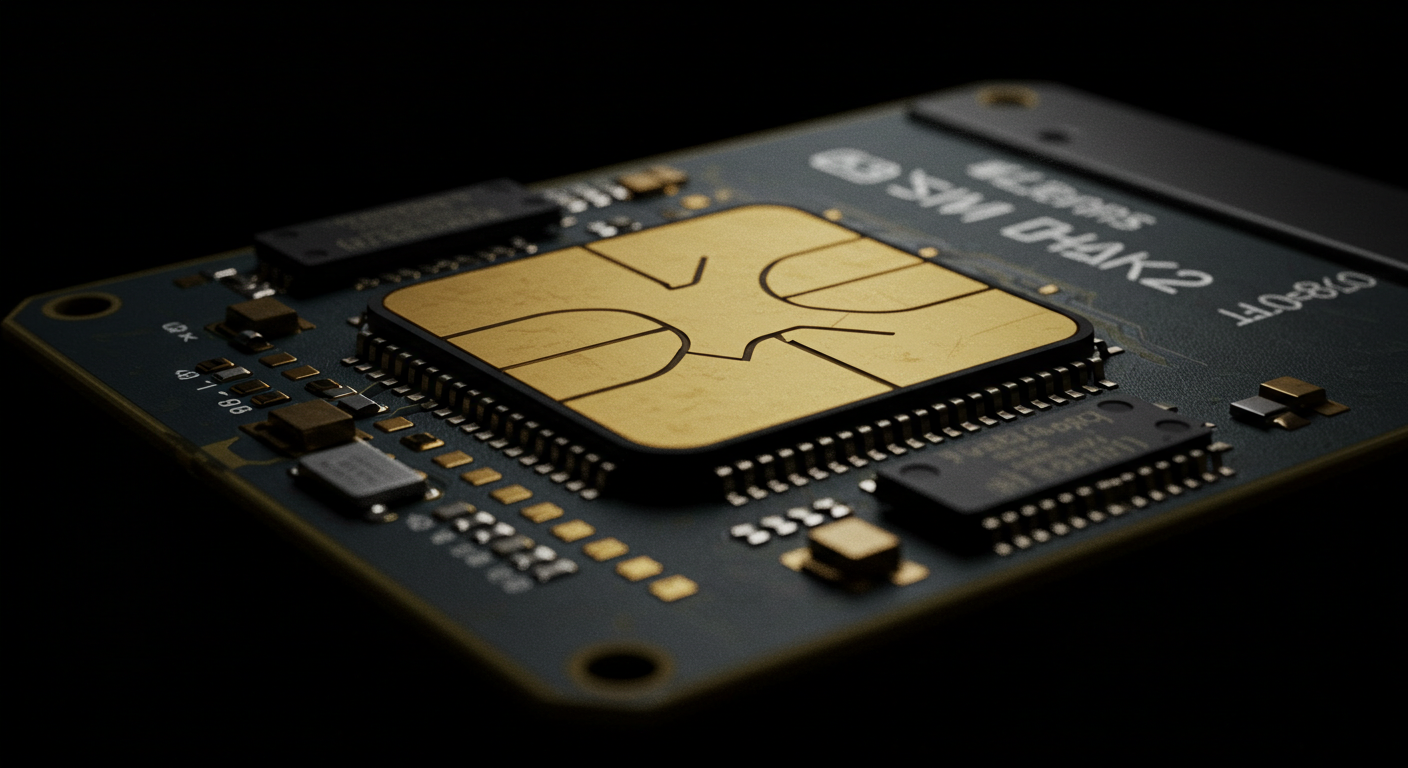Sim Bank 32 Pork Setup Guide for Beginners
Welcome to the World of Sim Bank 32 Pork
So, you’ve just picked up a Sim Bank 32 Pork, or maybe you’re thinking about diving into the deep (and slightly confusing) waters of GSM gateway systems. Either way—congrats! You’re about to unlock a tool that can turn complex SIM management into a breeze.
But wait, what even is a Sim Bank 32 Pork? Don’t worry—I’ve got your back. This guide will walk you through what it is, why you need it, and how to set it up without needing a Ph.D. in telecom jargon. It’s like setting up a Lego set… but for grownups who like gadgets.
What Is Sim Bank 32 Pork and Why Should You Care?
Let’s break it down. A Sim Bank 32 Pork is a type of SIM card storage and management device used to remotely manage up to 32 SIM cards. It’s often paired with GSM gateways or VoIP systems—especially for businesses handling high call volumes, bulk SMS campaigns, or telecom testing.
Still scratching your head? Think of it like a brainy filing cabinet for your SIM cards—only this one talks to your GSM gateway over the internet and makes sure the right card gets used at the right time. Neat, huh?
Common Use Cases for Sim Bank 32 Pork:
| Use Case | Why It Matters |
|---|---|
| Bulk SMS Campaigns | Easily switch SIMs to avoid carrier restrictions |
| VoIP Termination | Automates SIM rotation for stable call delivery |
| Telecom Testing | Helps run tests across multiple networks remotely |
| SIM Card Backup/Storage | Keeps your SIMs secure and accessible |
You don’t need to be a telecom engineer to use one. With the right steps (and a little patience), you can set it up like a pro.
Step-by-Step Setup Guide for Sim Bank 32 Pork
Alright, roll up your sleeves. Let’s get this baby online.
1. Unboxing and Physical Setup
Take the Sim Bank out of the box and make sure you’ve got:
- Power adapter
- Ethernet cable
- SIM card tray tool
- User manual (you might toss it aside—but don’t!)
Quick Setup Checklist:
| Component | Action |
|---|---|
| Insert SIM Cards | Up to 32 cards in correct slots |
| Connect Ethernet | Plug into your router/switch |
| Power It On | Wait for all LED indicators to light |
| Link to Gateway | Use IP address to configure |
2. Access the Web Interface
Open a browser and type in the Sim Bank’s IP (usually something like 192.168.8.1). Login using the default credentials—usually admin/admin.
Pro Tip: Change your password immediately. Trust me, bots love unsecured SIM banks.
3. Configure SIM Slot Settings
Inside the dashboard, you’ll find options to assign SIMs to specific GSM ports on your gateway. Here’s where the magic happens:
- Assign SIMs by group or priority
- Set usage timers or rotation rules
- Enable remote SIM access
This is where Sim Bank 32 Pork shines. Instead of running around swapping SIMs manually, it does the heavy lifting from a single panel.
Troubleshooting Common Issues
Even the best tech can be moody sometimes. If your Sim Bank starts acting up, don’t panic.
Common Problems and Fixes
| Issue | Possible Cause | Solution |
|---|---|---|
| SIM Not Detected | Improper insertion | Re-seat SIM card |
| No Network Signal | Weak cellular coverage | Move device closer to a window or use antenna |
| Can’t Access Web Interface | IP conflict or firewall block | Reset device or disable firewall |
| SIM Rotation Not Working | Wrong config settings | Double-check slot-to-port mapping |
Still stuck? Most Sim Banks come with a reset button—press it with a pin for 10 seconds and start fresh.
Tips to Get the Most Out of Your Sim Bank 32 Pork
Let me share a few golden nuggets I’ve learned from fiddling with this gear:
- Label your SIMs: 32 unmarked cards is a nightmare waiting to happen.
- Keep firmware updated: Check the manufacturer’s site for updates—it really helps with stability.
- Use VPN if remote: For added security, especially when accessing your system over the internet.
- Backup your configs: One wrong click and boom—hours of setup gone. Backup regularly.
Frequently Asked Questions
1: What is a Sim Bank 32 Pork used for?
Answer:
A Sim Bank 32 Pork is used to manage up to 32 SIM cards remotely, often in combination with GSM gateways or VoIP systems. It’s commonly used for bulk SMS campaigns, SIM rotation, telecom testing, and remote SIM storage.
2: Do I need technical knowledge to set up a Sim Bank ?
Answer:
Not at all! While it may seem intimidating, the Sim Bank is beginner-friendly. With a basic understanding of networking and the help of a setup guide like this one, anyone can get it up and running without advanced telecom skills.
3: How do I connect my Sim Pork to a GSM gateway?
Answer:
To connect your Sim Bank to a GSM gateway, plug in the Ethernet cable, power it on, and access the device’s web interface using its IP (usually 192.168.8.1). From there, configure the SIM slot settings to assign specific SIMs to gateway ports.
4: Why is my Sim Bank 32 Pork not detecting SIM cards?
Answer:
This usually happens due to improper SIM insertion, faulty SIMs, or incorrect configuration. Try re-seating the SIM cards, checking the slot configuration in the web interface, and ensuring the device firmware is up to date.
5: Is it safe to access the Sim Bank 32 Pork remotely?
Answer:
Yes, it can be safe if you take precautions. Always change default login credentials, keep the firmware updated, and use a VPN when accessing your Sim Bank over the internet to enhance security.
Conclusion
And there you have it! From a box of blinking lights to a fully operational command center for your SIM cards, your Sim Bank 32 Pork is now ready to rock. Whether you’re scaling your SMS campaigns or building out a GSM gateway setup, this device is the unsung hero behind the scenes.
So go ahead—test, call, rotate, repeat. You’re now officially one step closer to mastering telecom automation.
Custom Message:
Thanks for diving into this Sim Bank 32 Pork Setup Guide for Beginners. If you found it helpful, bookmark it for later or share it with a fellow tech enthusiast. Getting started with a Sim Bank doesn’t have to be overwhelming—with the right guide, it’s plug, play, and perform.



